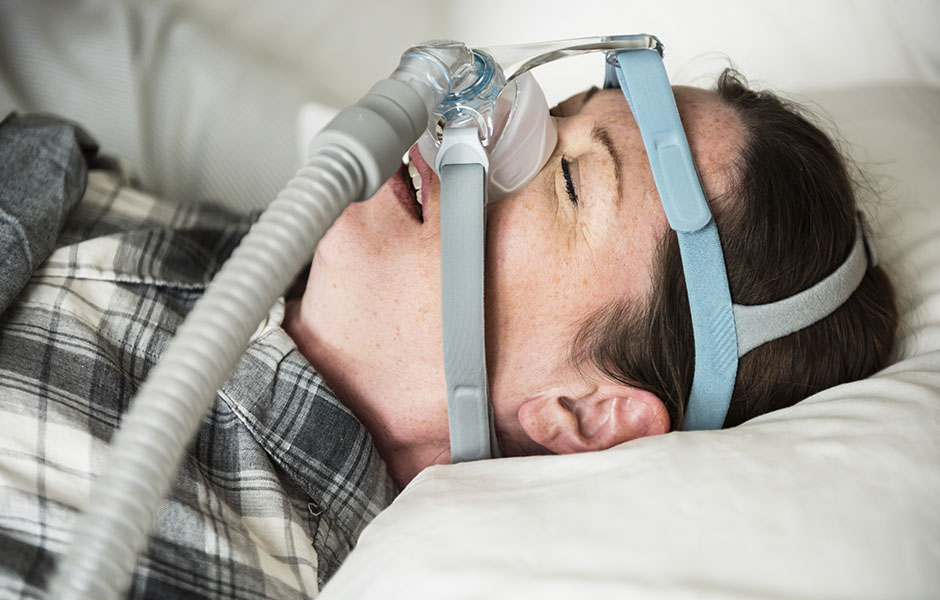Researchers from CINTESIS – Center for Health Tecnology and Services Research have developed an innovative tool that will improve the initial screening for obstructive sleep apnea.
“Using a new method, it is now possible to screen patients early and calculate the risk of suffering from this pathology,” explains Daniela Ferreira Santos, the first author of the study entitled “A clinical risk matrix for obstructive sleep apnea using Bayesian network approaches”, published in the International Journal of Data Science and Analytics. The study is also authored by Pedro Pereira Rodrigues, leader of research line on Data Science, Decision & Information Technologies, CINTESIS.
The researchers evaluated about three hundred consecutive patients in the Hospital Center of Vila Nova de Gaia/Espinho, identifying the main risk factors, namely gender (male), age, neck circumference, craniofacial or airways abnormalities (such as septum deviation), witnessed apneias and frequent trips to the toilet at night (nocturia).
In this study, 63% of patients with obstructive sleep apnea were men, 73% were over 55 years of age, and 23% were between 40 and 54 years of age.
This new online tool, which integrates a risk table and a graphical model, can now be used by doctors, namely family doctors in Primary Health Care, to automatically calculate the likelihood of someone to suffer from obstructive sleep apnea
“The goal is to screen patients to identify those who are likely to suffer from this disease, giving them priority in marking the exam. Likewise, we can prevent many people from doing this test unnecessarily,” explains Daniela Ferreira Santos.
Currently, it is estimated that 34% of the polysomnographies for suspected obstructive sleep apnea have, after all, a normal result. A polysomnography is an examination that aims to analyze the quality of sleep and detect disturbances. This is a costly examination that requires the presence of technicians, implies long waiting lists and is limited to urban areas, which makes it difficult to carry them out.
It is expected that the use of this new method in clinical practice will detect more than 90% of cases of obstructive sleep apnea and prevent one in five individuals from performing a polysomnography, with savings of thousands of euros in examinations, consultations and human resources. According to the data available, each exam costs about one thousand euros.

